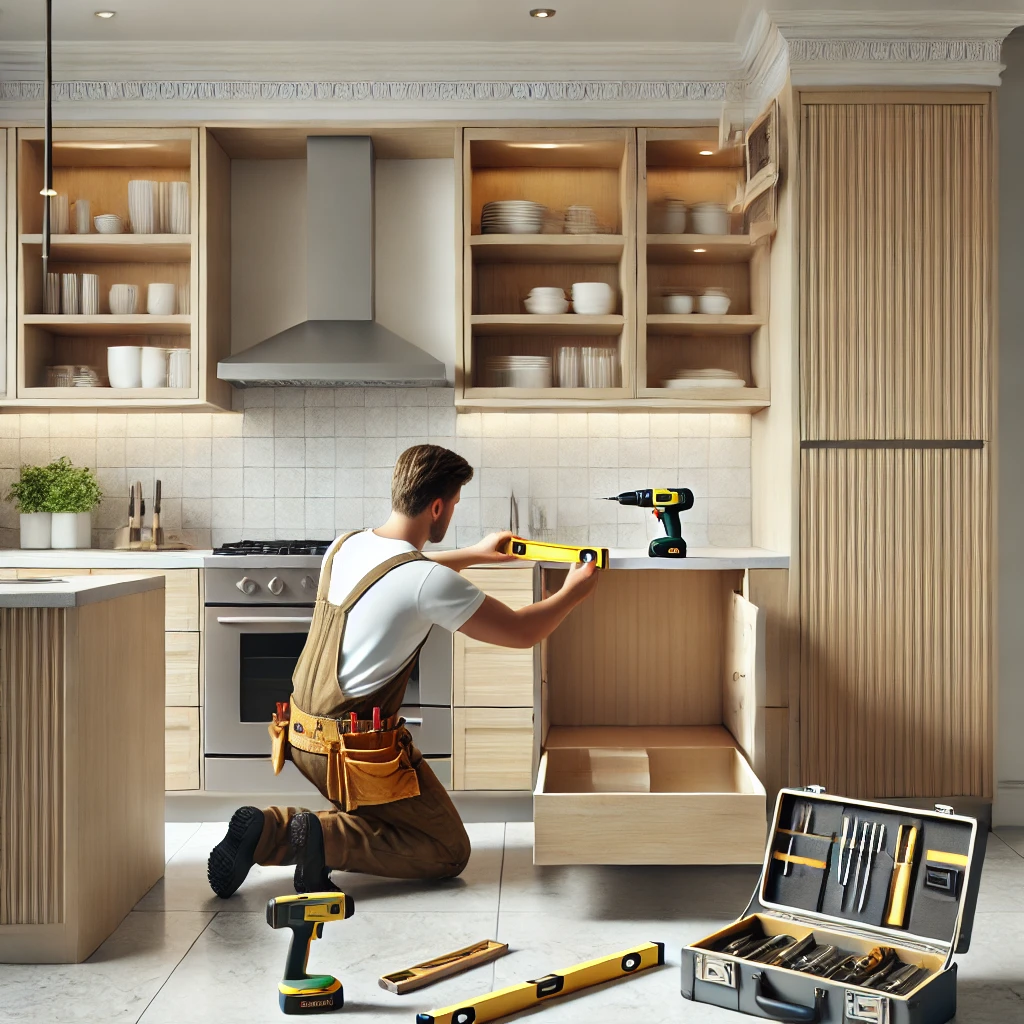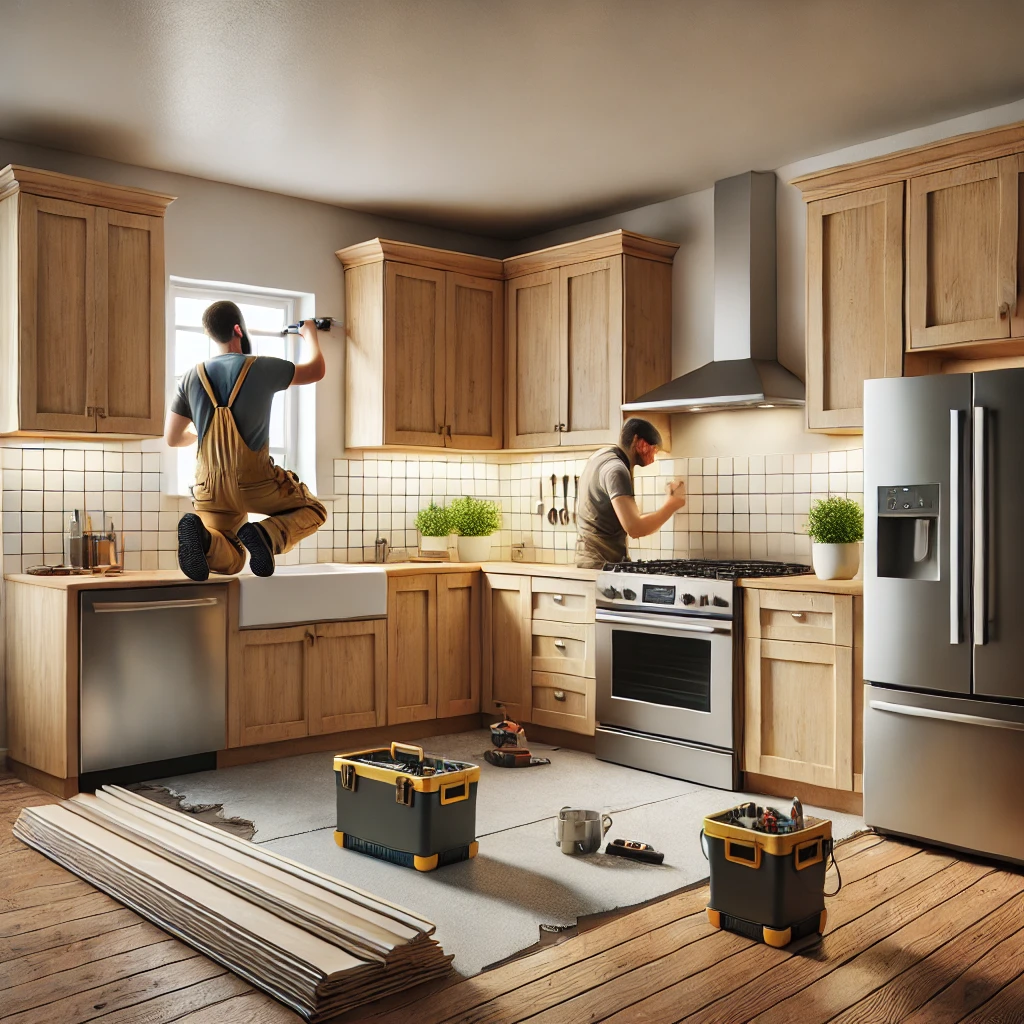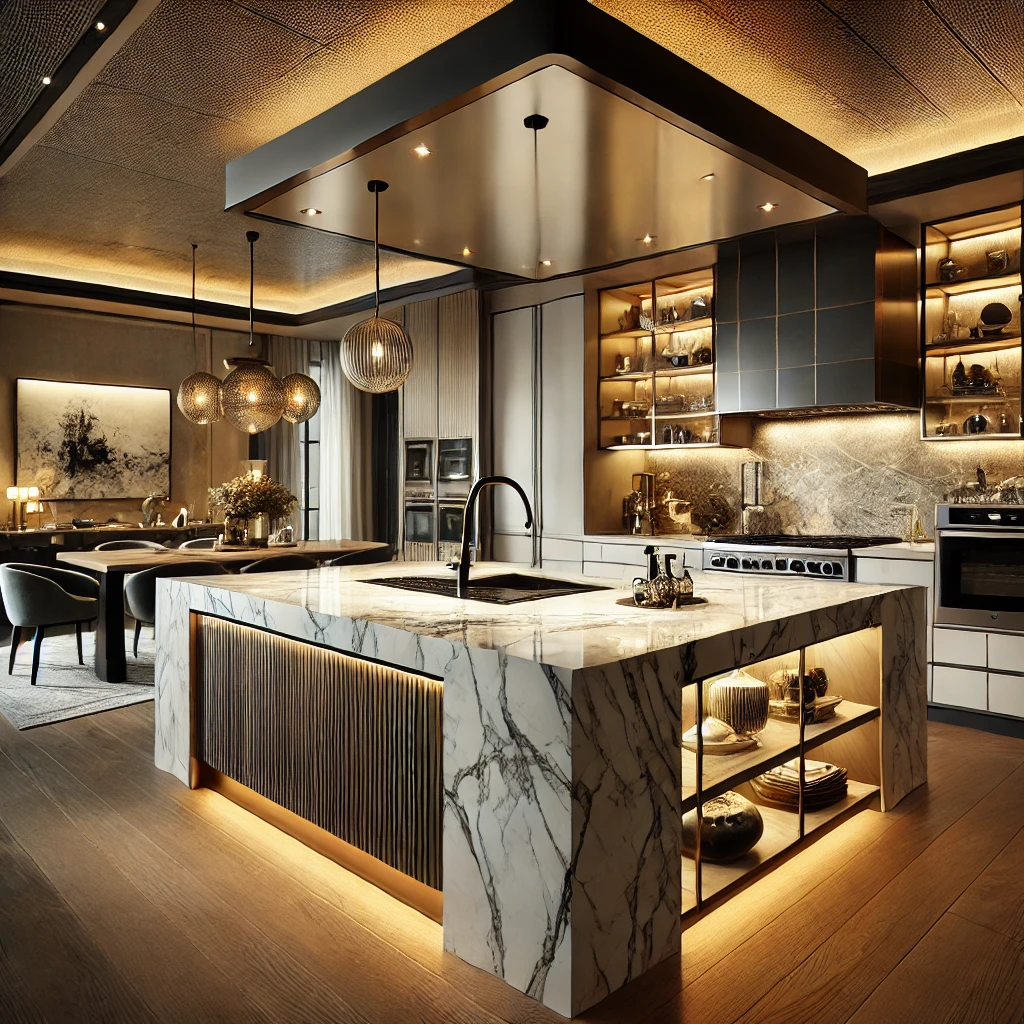Introduction
Kitchen cabinet installation is not only a functional procedure but a whole process that helps to determine the character and use of the kitchen. The efficiency and aesthetic appeal of the kitchen will also be enhanced through well-installed cabinets. There is always precision and planning needed for the best possible setup which can be able to stand for years.
Pre-Installation Preparation
Any successful cabinet installation is grounded in preparation. Start by taking precise measurements of your kitchen to ensure an accurate layout. Decide where each cabinet will go, based on appliance placement and workflow. Prepare yourself with the necessary tools: drills, levels, stud finders, and screwdrivers. Clean the workspace of clutter and debris, making the area safe and accessible for the task at hand.
Selecting the correct cabinet style and materials
The right cabinet style is essential in matching the theme of your kitchen. Base cabinets are floor-standing and serve as the foundation for countertops. Wall cabinets maximize vertical storage, while tall cabinets are best suited for pantry needs. Material choices vary widely; solid wood offers timeless elegance, laminate provides a budget-friendly option, and composite materials balance durability with affordability. A style that matches your vision without compromising functionality should be prioritized.
Step-by-Step Guide to Cabinet Installation
Begin by marking the walls to outline the cabinet layout. Use a level to ensure these markings are straight, as even slight misalignments can disrupt the entire process. Start with the base cabinets, securing them to the wall studs using screws and brackets. Adjust them for perfect alignment before tightening. Next, move to the wall cabinets, ensuring they are securely anchored and evenly spaced. Sometimes, a helping hand or temporary supports can make this step quite easy.
Common Challenges and How to Overcome Them:
There are challenges in installing cabinets. The walls or floors may not be perfectly aligned, and shims can be used to correct the misalignment. Wiring and plumbing may need to be adjusted; take care not to get in the way of these to avoid complications. Lastly, securing the cabinets tightly without damaging the materials requires patience and the right tools. Double-check each step to ensure lasting stability.
Post-Installation Essentials
Now, with all cabinets set, check on how properly they have aligned and held; in case any gap is spotted, any edge will have to be done soon. Attach the knobs and handles on finishing it, with the help of sealants in sealings to create the right effect. Then thoroughly clean them free of dust or installation debris before regularly cleaning the cabinet. Do all spill wipe, hardware tight for good looking cabins in general
The installation of kitchen cabinets requires great attention to detail and imagination. It is a labor of precision, preparation, and problem-solving. You are able to craft a kitchen that’s beautiful and practical. Now you can enjoy having your renewed space with the presence of securely installed cabinets.




